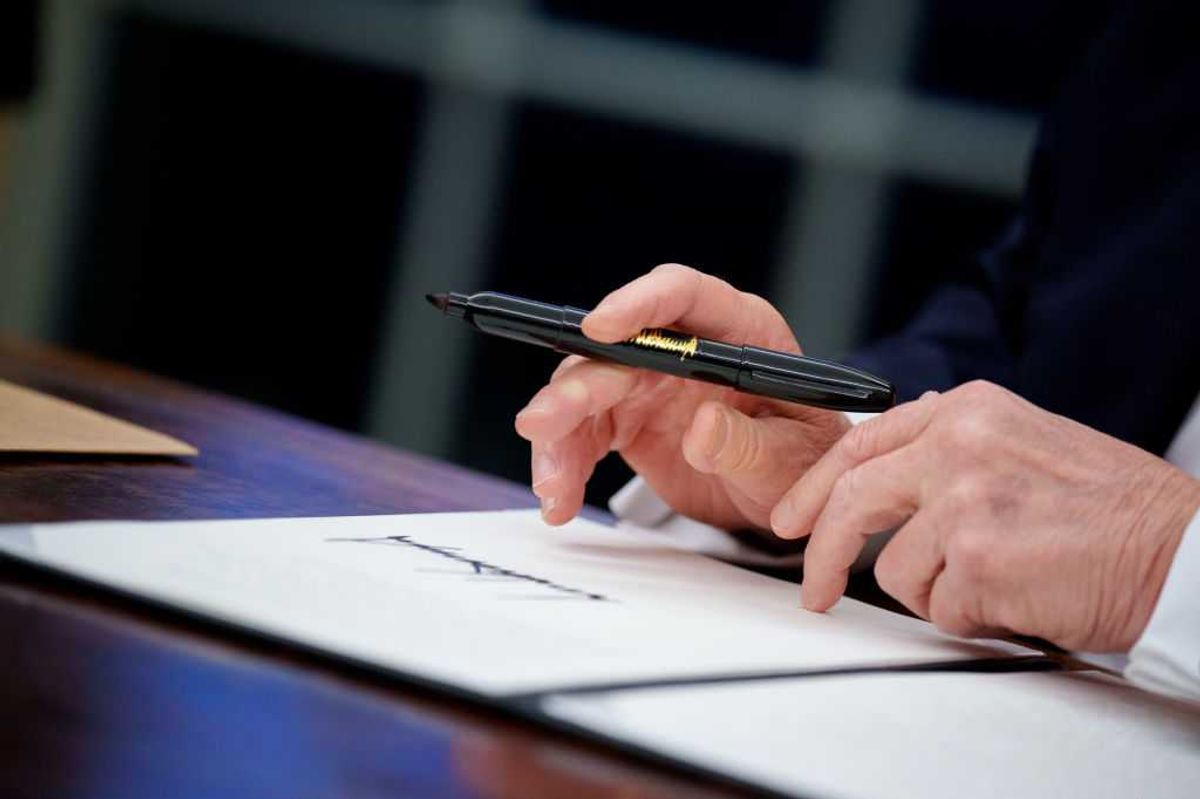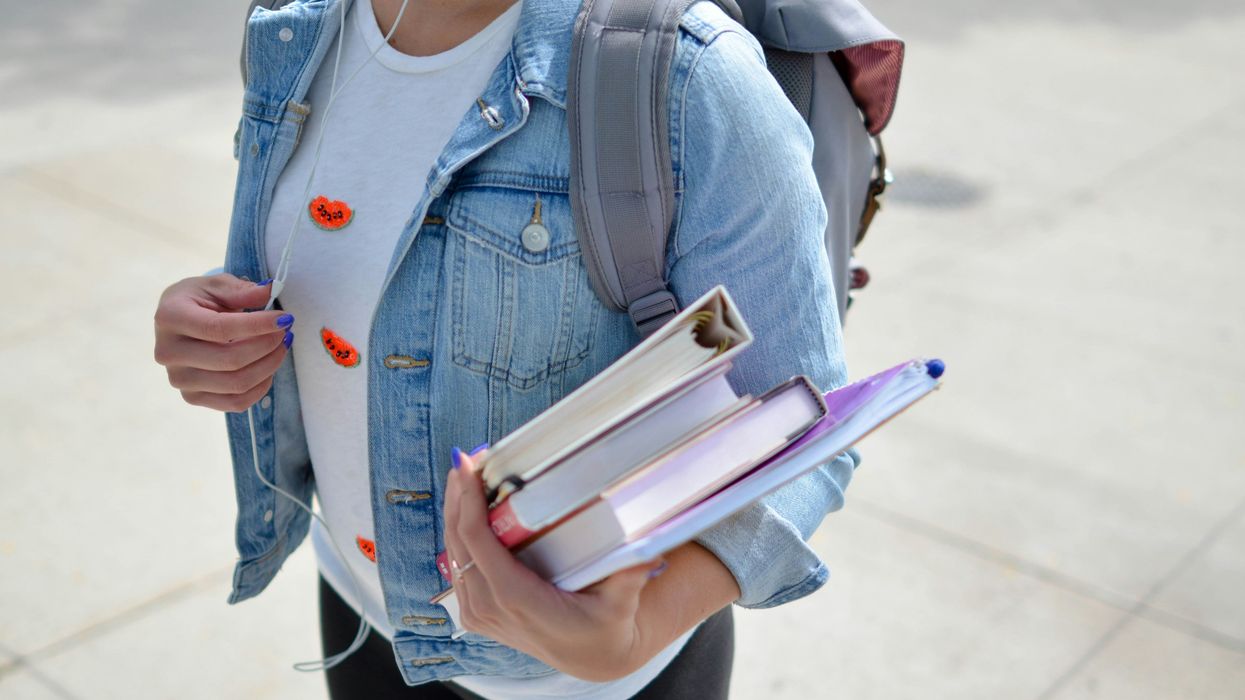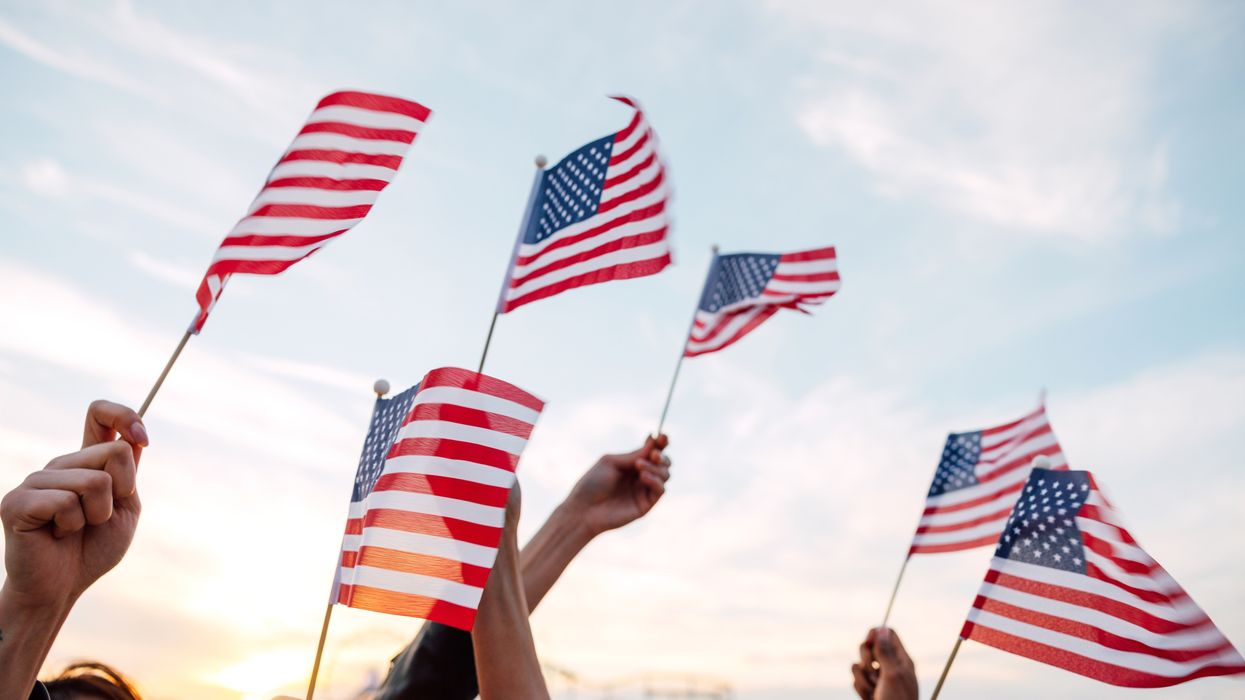The Fulcrum strives to approach news stories with an open mind and skepticism, striving to present our readers with a broad spectrum of viewpoints through diligent research and critical thinking. As best we can, we remove personal bias from our reporting and seek a variety of perspectives in both our news gathering and selection of opinion pieces. However, before our readers can analyze varying viewpoints, they must have the facts.
Has the Trump administration put a hold on issuing student visas for this coming fall?
The Trump administration has paused new student visa interviews as part of an effort to expand social media screening for applicants. The State Department has instructed U.S. embassies and consulates to stop scheduling new student and exchange visitor visa appointments until further guidance is issued. However, previously scheduled interviews will still proceed.
Additionally the Trump Administration has temporarily halted new student and exchange visitor visa interviews at U.S. embassies and consulates worldwide while it expands social media screening for applicants. The pause applies to F, M, and J visa categories, but already scheduled interviews will proceed as planned
This move is part of a broader effort to increase vetting of international students, with concerns about national security and antisemitism cited as reasons for the expanded screening. Some universities, including Harvard, have already faced restrictions on enrolling international students. Critics argue that this policy could disrupt higher education and deter students from choosing the U.S. as a study destination
What are the specifics of the State Department directive?
The directive was widely circulated to all U.S. diplomatic and consular posts abroad and signed by Secretary of State Marco Rubio.
The State Department said it would issue further guidance to consulates and embassies in the coming days. “Effective immediately, in preparation for an expansion of required social media screening and vetting, consular sections should not add any additional student or exchange visitor visa appointment capacity," the cable said.
The memo also warned of “potentially significant implications for consular section operations, processes, and resource allocations” in a clear indication of the delay likely for student visa applications.
“Consular sections will need to take into consideration the workload and resource requirements of each case prior to scheduling them going forward,” the cable said, adding the priority should be on “services for U.S. citizens, immigrant visas, and fraud prevention.”
Has the Trump Administration provided any information on how long the temporary pause will last and what the new rules will be?
The State Department has not specified an end date for the pause, stating that further guidance will be issued in the coming days. The expanded vetting process aims to scrutinize applicants' social media activity, particularly posts perceived as hostile to U.S. interests.
What Impact will the pause have on international students?
- Delays and Uncertainty: Many students may miss enrollment deadlines due to visa processing delays, which forces them to defer admission or seek alternative options.
- Financial Losses: Students who have already paid non-refundable deposits for tuition, housing, and flights could lose money if they can’t secure a visa in time.
- Limited Travel: Some universities are warning students against traveling abroad this summer, fearing they may not be allowed to return.
- Social Media Scrutiny: The expanded social media screening could lead to visa denials based on online activity, raising concerns about privacy and free speech.
What additional actions did the Trump Administration take against China?
On May 28, the Trump administration announced that it would aggressively revoke visas for Chinese students, particularly those with connections to the Chinese Communist Party or studying in critical fields. Secretary of State Marco Rubio stated that the State Department will work with the Department of Homeland Security to enforce these revocations and revise visa criteria to enhance scrutiny of future applications from China and Hong Kong.
China has strongly opposed these measures, calling them harmful to students' legitimate rights and interests. The decision could have a significant impact on U.S. universities, which rely on international students for revenue and research contributions.
How Many Chinese Students attend United States Universities?
As of the 2023-2024 academic year, there were approximately 277,398 Chinese students enrolled in U.S. universities, making China the second-largest source of international students in the country. India recently overtook China as the top sender, with over 331,602 students.
Despite a slight decline in numbers, Chinese students continue to make up a significant portion of the international student population, particularly in fields such as engineering, business, and computer science. Their presence contributes to both academic research and university funding.
What Impact will the reduction in the number of international students have on Universities?
- Enrollment Decline: Universities that rely on international students—who make up a significant portion of their student body—could see a drop in enrollment.
- Financial Strain: International students often pay full tuition without federal aid, contributing billions to the U.S. economy. A decline in their numbers could hurt university budgets.
- Reputation Damage: The U.S. has long been a top destination for international students. If visa policies become too restrictive, students may opt for other countrie s, such as Canada, Australia, or the UK, instead.
How are Universities responding
- Some are taking a wait-and-see policy.
- Higher education groups, including the Association of International Educators, are lobbying lawmakers to reverse the policy, arguing that international students pose no security threat and contribute significantly to the U.S. economy.
- Harvard University has been at the center of legal action against the Trump administration regarding student visa restrictions. Additionally, a University of Cincinnati international student filed a lawsuit, resulting in a federal judge blocking the administration from revoking the student's visa.
- University leaders from MIT, Stanford, and the University of California system have issued joint statements condemning the policy.
- Some universities are offering remote learning options to help students who are affected continue their studies.
How many international students are there in the United States, and which University will be most impacted
As of the 2023/2024 academic year, the U.S. hosted over 1.1 million international students, marking a 7% increase from the previous year. These students make significant contributions to the economy and academic diversity.
Some universities have a high percentage of international students, which means they may be heavily affected by visa restrictions. The top institutions with the highest proportion of international students:
1. Illinois Institute of Technology – 51% of students are international.
2. Carnegie Mellon University – 44% international students.
3. Stevens Institute of Technology – 42% international students.
4. Northeastern University – 40% international students.
5. Columbia University – 40% international students.
6. New York University (NYU) – 37% international students.
Additionally, universities like Harvard, Stanford, and the University of California system have reported visa cancellations affecting their international students. Harvard alone has 27% international students, making it one of the most impacted institutions.
David Nevins is co-publisher of The Fulcrum and co-founder and board chairman of the Bridge Alliance Education Fund.




















